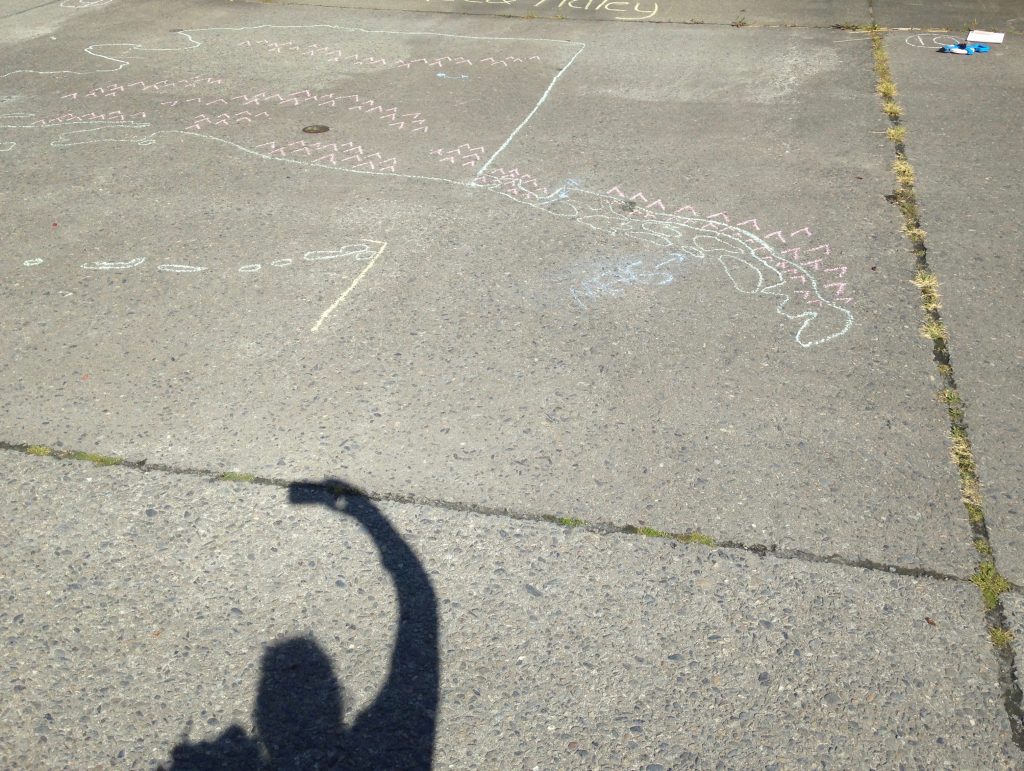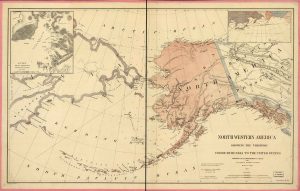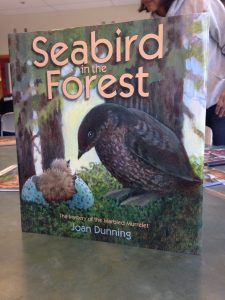
It has been a full few weeks of learning’s and adventures at MEHS. I am blown away each and every day by the stories and perspectives shared by my students, fellow staff and through my surroundings here in Sitka.
It is hard for me to think of how a teacher possibly wouldn’t use a place-based educational model here at MEHS. The school is literally situated right next to the water- with a view of the town of Sitka and the harbor across the way. Looking out my classroom window I see boats passing, float-planes landing, sea lions and otters floating by…. Not only is it a picturesque setting, but situated in a culturally, historically and industry rich area brimming with cool things to explore and learn! And students are, in general, coming in from other corners of the state. So why not use where we are- as a base to expand our learning and connect it to our selves and where we are from?!
So far I have witnessed, at the school, many moments of place-based learning. Everything from a science class snorkeling up a local river to learn about salmon spawning, to students collecting water and beach samples to test for contamination, to in one of my classes, covering local news and events around campus and town. In this specific news class, we even had the opportunity to take a boat ride to watch whales migrating south! Closer to campus, one of my classes had an assignment to as accurately as possible, in a group, draw the state of Alaska. Once they had accomplished this task, they had some specific southeast additions they needed to add (like where we are- MEHS in Sitka) and then were free to create the map-art that they wanted. It was a neat project that created some very educational but different results! I see room for additional place-based learning in my Alaska Studies classes for next semester and hopefully it will become more prevalent in the remainder of this fall semester as we move into other units of the class.



